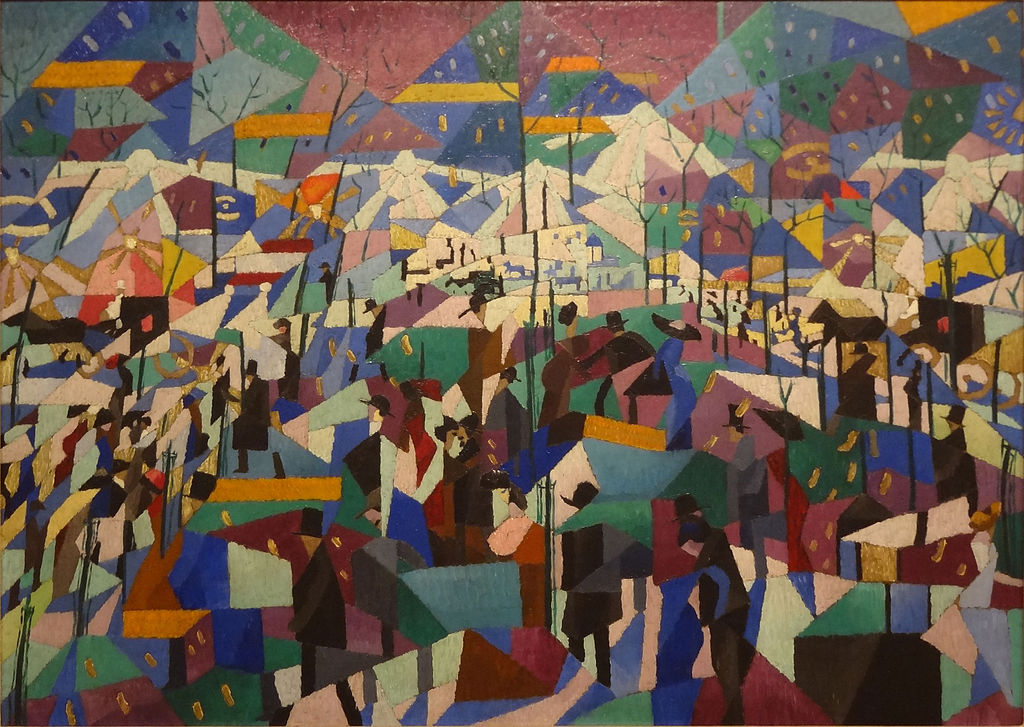In 2003 Jean-Luc Nancy gave a brief, basic philosophical radio talk in which he discussed the question of politics and the political. Reprising his early work with Philippe Lacoue-Labarthe at the Centre for Philosophical Research on the Political, he explained that excessive use is often made of the term ‘political’. When we claim that everything is political, politics loses its specificity. It becomes ‘totalitarian’ in the sense that ‘the horizon of thought is that of a ‘political’ absorption of every sphere of existence.’
In the face of such a subsumption, Nancy suggests the analytical move of differentiating le politique (the political) from la politique (politics). Where politics signifies the everyday to-and fro of the representative political arena, the political is that which is ‘most political’ in politics. ‘“The political” seems to present the nobility of the thing – which thereby implicitly regains its specificity, and thus its relative separation.’
The distinction between politics and the political was popularized in the late seventies by Claude Lefort who saw the political as the manner in which society was produced as a unity through the now empty place of the King. Politics on the other hand was the interplay of conflicting powers within this unity.
He suggested that in democracy, the political was the (empty) symbolic space of authority. In the absence of a king, legitimacy remained always in question. Thus, the political signified the space for the contestation of the very basis of power.
When Nancy and Lacoue-Labarthe set up the Centre for Philosophical Research on the Political in 1982, they envisaged it as a space for ‘the philosophical questioning of the political’ and ‘the questioning of the philosophical about the political.’
They claimed that it was important to take such an approach, because the political had withdrawn from politics – it had retreated. Thus, traditional political theory and political science were incapable of thinking the political because they simply took politics as their object.
In this sense, Nancy marked both a consonance and dissonance with Lefort’s thinking: he suggests that the political ‘designate[s] not the organization of society but the disposition of community as such.’ However, he also travels a more philosophical path, demanding that the political is the essence of politics.
Nancy and Lacoue-Labarthe diagnose what they call the ‘retreat [retrait] of the political’. This is the way that “the question of the political, that is the question as to its exact nature or essence, retires or withdraws into a kind of evidence or self-givenness, in which that which is political in politics is taken for granted or accorded a kind of obviousness which is universally accepted.”
Our epoch is no longer concerned with the nature of the political, rather such a question is treated as already ‘given’. Politics in neo-liberalism, for instance, is presupposed as that which happens after and in the wake of the economy and is ultimately determined by the economy.
In a classic deconstructive move, Nancy and Lacoue-Labarthe play with the term ‘retreat’, insisting that the retreat of the political from politics, should allow us to open new paths of thinking by ‘re-treating’ or re-tracing the political. This can be thought through a philosophical questioning that withdraws from politics in order to approach the question of the political.
In Being Singular Plural, Nancy delves further into this question, explaining two modes of the withdrawal of the political. Firstly, politics collapses into law. Human rights law appears to always already give easy answers to the question of the political. In other words, the human rights of international law begin to subsume politics with an insistence of an all-encompassing juridical framework.
This critique will be familiar to readers of Agamben or Foucault. However, Nancy insists that the other side of this withdrawal of politics into law is the manner in which ‘the formal abstraction of the law, which undoubtedly ‘does right’ by every participatory and every relation, but without giving this right any meaning other than itself.’ In this sense, law becomes a cipher for ‘the reality of the relation of forces – whether economic technical or the forces of passion.’
Alongside this withdrawal of politics into law, there is the second limb of the withdrawal of the political: what the situationists called the society of the spectacle. In this the political withdraws into ‘a self representation that no longer refers to an origin, but only to the void of it’s own specularity.’
Nancy here repeats the situationist critique of late capitalist society, but with a crucial difference. In the society of the spectacle, representation ‘triumphs, absorbing entirely both the transcendental and the concrete.’ However, because the spectacle is all consuming, it cannot help but move within representation itself:
“The denunciation of mere appearance effortlessly moves within mere appearance, because it has no other way of designating what is proper – that is, nonappearance – except as the obscure opposite of the spectacle. Since the spectacle occupies all of space, its opposite can only make itself know as the inappropriable secret of an originary property hidden beneath appearances. This is why the opposite of deceitful ‘imagery’ is creative ‘imagination’, the model for which is still something like the Romantic genius.”
Nancy tells us that the Situationist critique comes very close to understanding a ‘society exposed to itself, establishing its being social under no horizon other than itself.’ Yet it places such an insight back into the most traditional of metaphysical constructs, insisting upon the distinction between the false reign of appearance and some authentic presence beyond it.
While he disagrees with this formulation, Nancy nevertheless suggests that mediatization forms a part of the retreat of the political which has to be retreated. It remains clear that despite their collapse back into the metaphysics of appearance, he sees the Situationism as opening certain paths of critique.
The photo shows, “Le boulevard,” by Gino Severini, painted in 1911.
